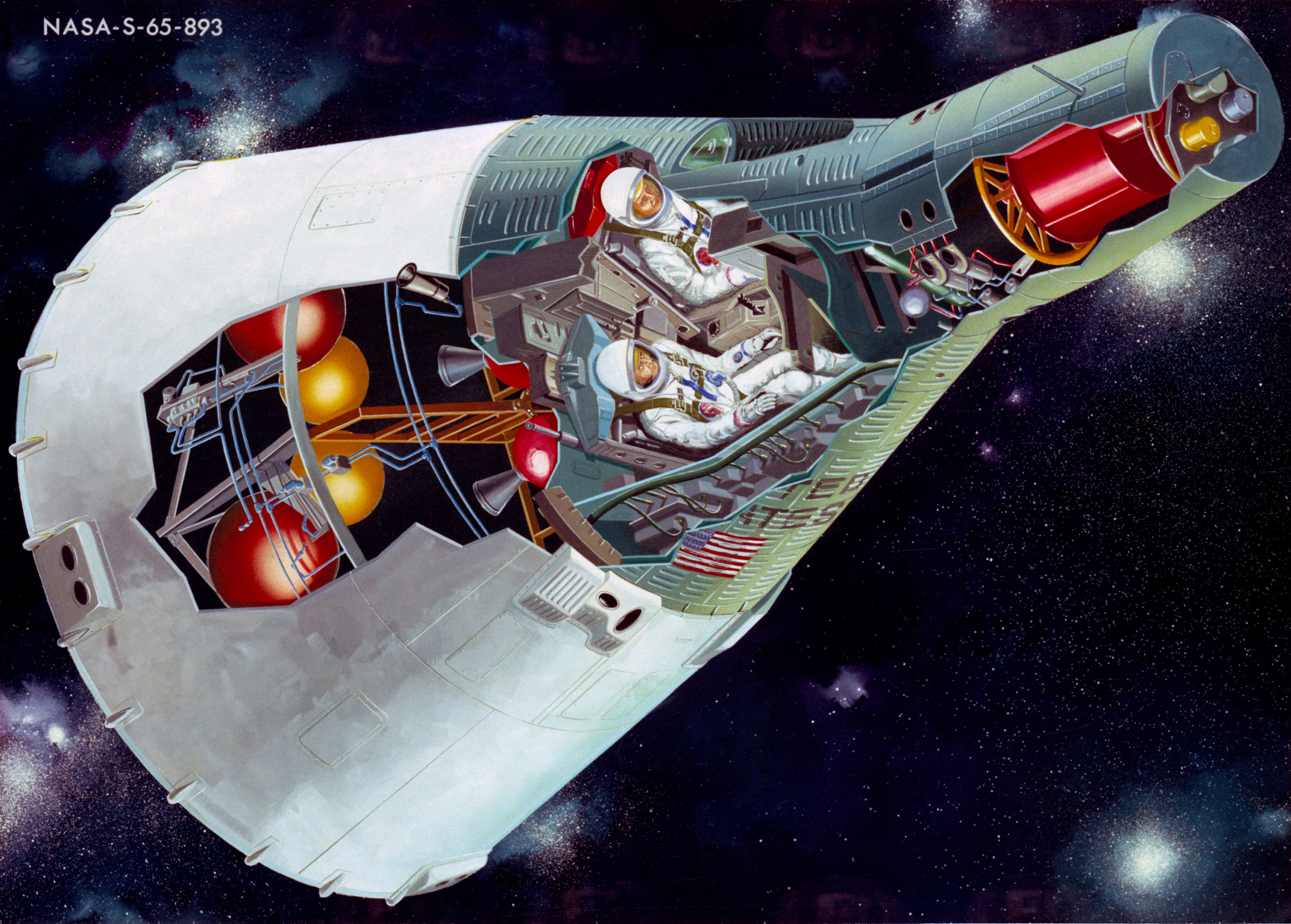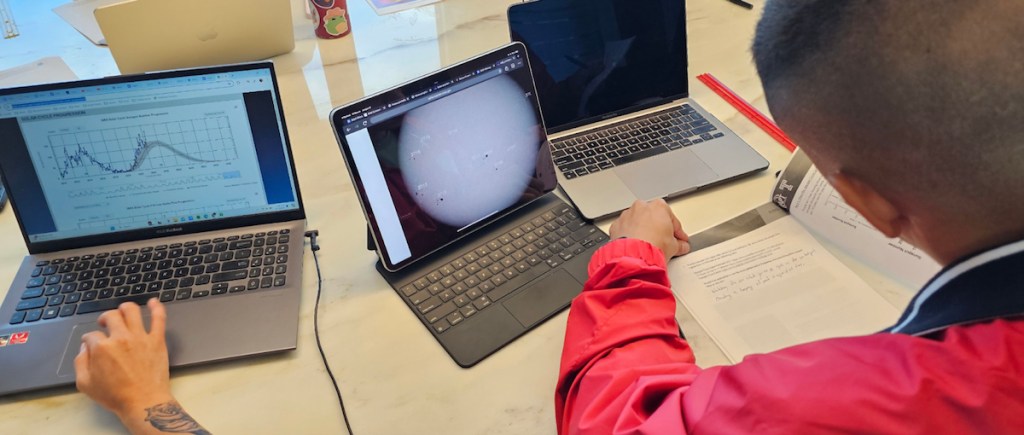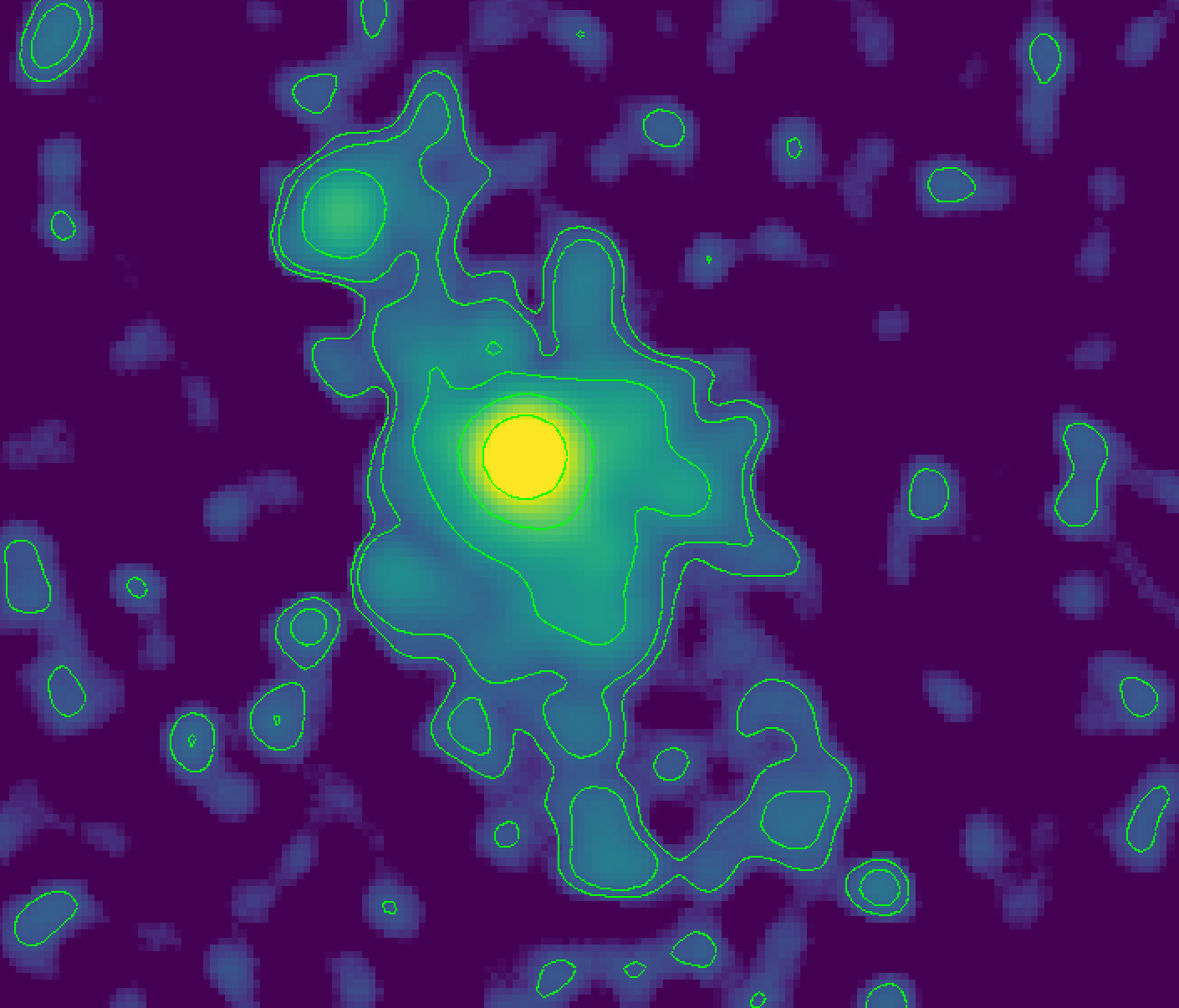“There’s ongoing debate in the scientific community about how galaxies evolve,” said Kimberly Weaver, an astrophysicist at Goddard who led the work. “We find supermassive black holes in the centers of nearly all Milky Way-sized galaxies, and an open question is how much influence they have compared to the effects of star formation. Studying nearby galaxies like NGC 4945, which we think we’re seeing in a transition period, helps us build better models of how stars and black holes produce galactic changes.”
Related Posts

NASA-ISRO Radar Mission to Provide Dynamic View of Forests, Wetlands
NISAR will help researchers explore how changes in Earth’s forest and wetland ecosystems are affecting the global carbon cycle and…

60 Years Ago: Gemini 1 Flies a Successful Uncrewed Test Flight
On April 8, 1964, Gemini 1 successfully completed the first uncrewed test flight of the Gemini spacecraft and its Titan…

Leveraging Teacher Leaders to Share the Joy of NASA Heliophysics
9 min read Proyecto de la NASA en Puerto Rico capacita a estudiantes en biología marina Read this story in…
